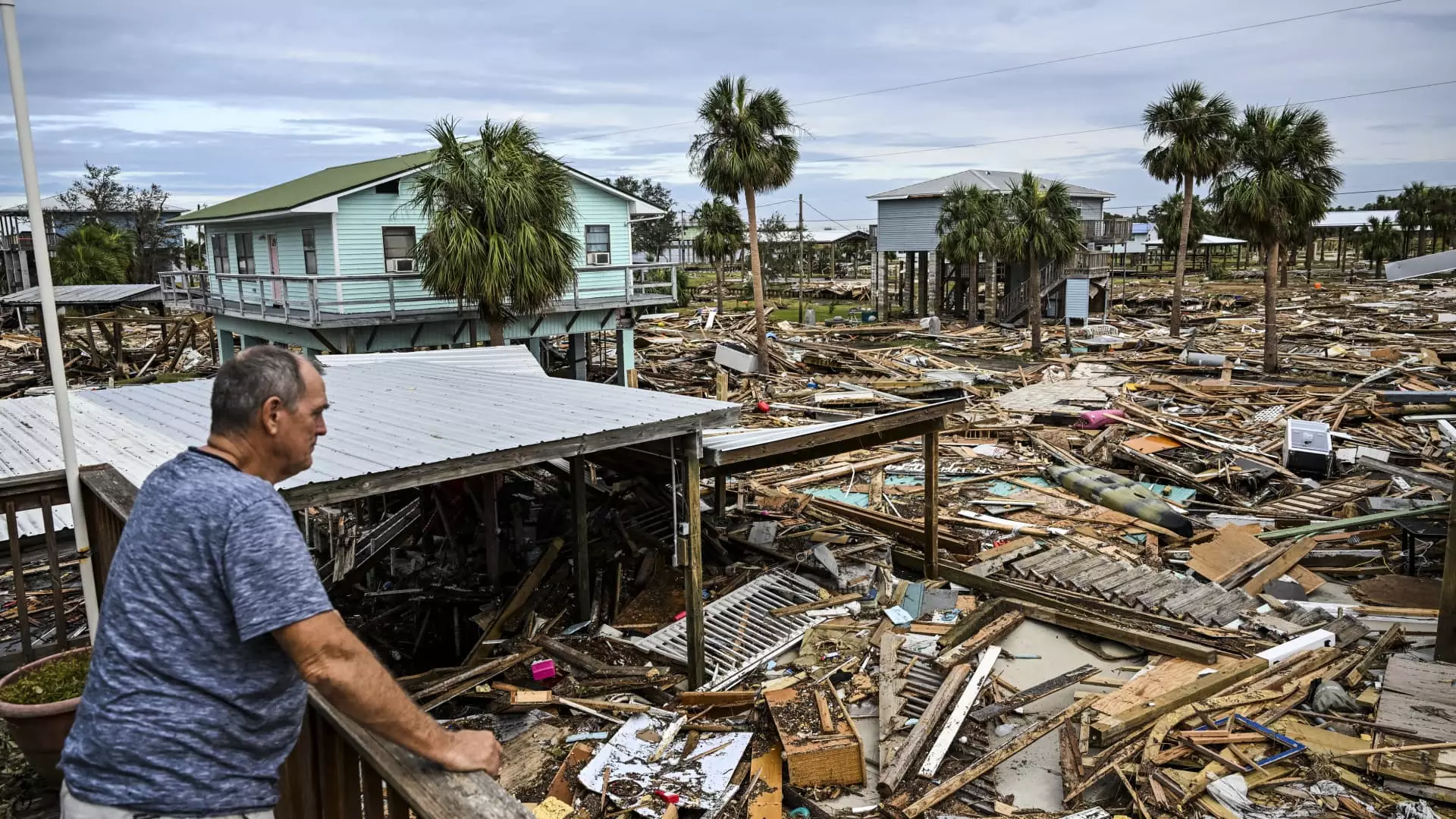Natural disasters can wreak havoc, leaving behind trails of destruction and despair. Whether it’s hurricanes, floods, or wildfires, the aftermath often includes the daunting task of filing an insurance claim. Understanding how to navigate this process is not merely beneficial; it’s essential for homeowners looking to recover and rebuild swiftly. With recent catastrophic events like Hurricane Helene leading to losses estimated at over $6 billion, and the looming threat of Hurricane Milton, it’s more important than ever to grasp the intricacies of homeowners insurance claims.
One of the most critical aspects of filing a claim is timing. Experts urge homeowners to act quickly, as the longer they wait, the more challenging the situation may become. Once the storm has passed, and it is safe to do so, homeowners should reach out to their insurance companies to initiate the claims process. Shannon Martin, a licensed insurance agent, emphasizes that claims are assigned on a first-come, first-serve basis. This means those who act quickly can expect a swifter response from their adjusters.
Jeremy Porter, head of climate implications research at First Street Foundation, underscores the overwhelming influx of claims that insurance companies face in the wake of disasters. This uptick in claims can lead to significant delays in processing. “The longer you wait, you’re not only delaying the ability to have your claim approved, but you’re also lengthening the time that your claim will sit in limbo,” Porter notes. Thus, prompt communication with your insurance provider could pave the way for a more efficient claims process.
One key component of successfully filing an insurance claim is thorough documentation. Homeowners should take detailed photographs of any damages to their property as soon as possible. This visual evidence serves as a crucial record that can help align the homeowner’s account of the damages with the insurer’s formal assessment later on. Keeping an organized file of these images is critical, especially given that disputes over claims can arise if there’s conflicting information.
Additionally, it’s important to keep track of any immediate repairs you undertake to prevent further damage. While homeowners have a duty to mitigate losses, creating a detailed record—such as receipts for materials used for emergency repairs—is vital. According to Daniel Schwarcz, a professor of insurance law, insurers expect policyholders to protect their property from additional damage after a disaster. Failure to do so could result in a denial of repair claims.
Another aspect to consider is the limitations of standard homeowners insurance policies. Typically, damages caused by floods, for example, are not covered unless a separate flood insurance policy is in place. Homeowners must be vigilant about understanding the specifics of their coverage, including what types of damages are excluded. In the aftermath of a storm, any repairs or preventive measures taken beforehand may not be covered, further complicating the financial recovery process.
Furthermore, as stakeholders in their own recovery, homeowners must be aware that materials purchased to protect their homes before a storm, like plywood, are generally not reimbursed by insurance. This inconsistency can leave homeowners with out-of-pocket expenses when they need financial support the most.
Once the claim is initiated, homeowners will often work with contractors to evaluate and begin repairs. It’s essential to maintain clear communication with these professionals and keep receipts for all materials and labor costs incurred during the rebuilding process. This documentation can help in claiming reimbursement from the insurer, ensuring that homeowners have the financial means to restore their homes to pre-disaster conditions effectively.
Moreover, keeping a detailed log of interactions with insurance agents and contractors can prove beneficial in the event of disputes or delays in the claims process. Engaging actively in communication not only ensures that homeowners remain informed but also establishes a strong rapport with those involved in their recovery.
Ultimately, the road to recovery after a natural disaster is paved with careful planning and prompt action. Homeowners should prioritize filing their insurance claims within three to five days to bolster their chances for a smooth, successful process. As the landscape of natural disasters continues to evolve, understanding and preparing for the potential impact on homeowners insurance claims has never been more crucial. By staying organized, documenting damages, and filing claims promptly, homeowners can ensure that they are not left adrift in the tumultuous aftermath of a disaster.

